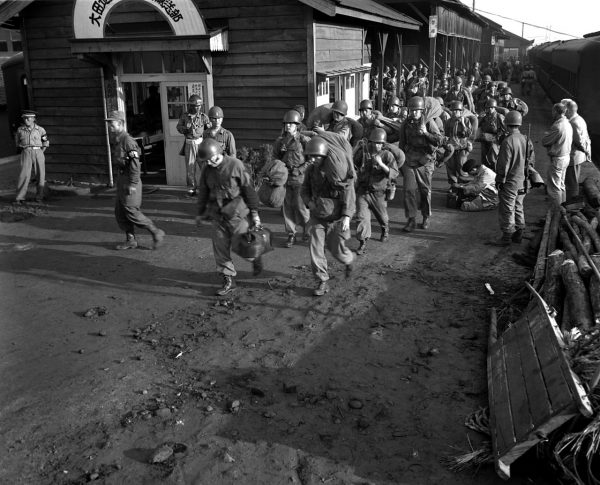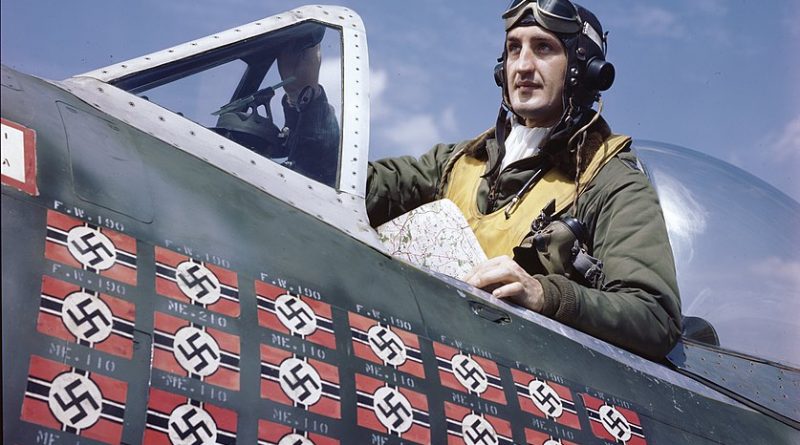July 5 in U.S. military history
1814: On the banks of the Niagara River in Upper Canada (modern-day Ontario), The United States Army proves that they are capable of going toe-to-toe with the British. Wrongly believing that the American soldiers are militia – and therefore easily dispersed – British Gen. Phineas Rail orders his Redcoats to advance on Maj. Gen. Jacob Brown’s Army of the North. The king’s men are cut down and retreat to nearby Fort George after suffering heavy casualties in the Battle of Chippawa.
That same day, the sloop-of-war USS Peacock captures four British vessels. The American warship, famous for participating in the last naval engagement during the War of 1812, will capture 20 British ships by war’s end.
1859: Capt. N.C. Brooks, sailing aboard the bark Gambia, discovers the Midway Islands some 1,300 miles northwest of Hawaii. The island will become an important strategic base for the U.S. Navy and is the first offshore island claimed by the United States.
1942: The submarine USS Growler (SS-215), skippered by Lt. Cmdr. Howard W. Gilmore, attacks three Japanese destroyers operating in Alaska’s Aleutian Islands. She sinks Arare and severely damages two others, narrowly avoiding enemy torpedoes. For this engagement, Gilmore is awarded the first of his two Navy Crosses, and will later be awarded the Medal of Honor when he sacrifices his life to save his ship the following year.
1944: Lt. Col. Francis “Gabby” Gabreski (featured image) shoots down his 28th – and final – German warplane. Gabreski is the top American ace in the European Theater, but will spend the rest of the war as a German prisoner after being shot down later in the month. He will go on to score another 6.5 victories during the Korean War, becoming one of only seven American combat pilots to become an ace in two wars.

1945: After nearly 11 months of fighting – and some 80,000 American casualties – Gen. Douglas MacArthur announces that the Philippine Islands have been liberated.
1950: American and North Korean forces clash for the first time in the Battle of Osan. Task Force Smith is an understrength infantry battalion and an artillery battery hastily deployed to South Korea to delay the North Korean invasion, and their obsolete anti-tank weapons are no match for the Soviet-built T-34 tanks. The incredibly outnumbered Americans hold off two full divisions of communist troops for several hours, but are eventually overrun.
Just 185 of Smith’s 520-man force return to friendly lines after the Battle of Osan.
